Napoleon III period
Perfect condition
SORMANI Paul 10, rue Charlot PARIS
SORMANI Paul, born in Canzo, Venetian Lombard kingdom, on October 25, 1817. The goods in the store already showed the importance of the store. Initially specialized in the manufacture of necessities and small fancy furniture. In 1867 the business was transferred to 10, rue Charlot, and it was then that it took on its full importance. Sormani practiced until his death around 1877. He participated in the 1849 exhibition where he obtained a bronze medal, then in the Universal Exhibition of 1855, where he was awarded a first class medal, and in that of London in 1862 where he received a second medal; at the 1867 exhibition, he presented small fancy furniture......
Beautiful marquetry work with very brown inlay .
There are a lot of gilded bronzes
on the left door the Greek goddess "Demeter" in gilded bronze symbolizing the season of Autumn.
In Greek mythology, it is "Demeter", for Roman mythology she is assimilated to "Ceres"
This goddess is the goddess of fertility, wheat and cultivated land, she is linked to the earth.
Demeter is often represented with a sheaf of braided ears of wheat, a sickle.
To celebrate Demeter: The Thesmophoria took place for at least 3 days. They were always regulated on the agricultural calendar, essentially on the time of sowing in the fall, most often in October.
on the right door The Greek God "Dyonisos" in gilded bronze symbolizing the season of Summer.
In Greek mythology, he is "Dyonisos", for Roman mythology he is assimilated to "Bacchus"
God of the vine, wine, celebration and its excesses.
His attributes are the thyrsus (stick surrounded by vine branches and or ivy), ivy, the vine, the bunch of grapes, the Goat
God of fury and subversion, his cult is also marked by the orgiastic feminine festivals celebrated by his companions, the maenads. His festivities were the driving force behind the development of theater and tragedy
Sides decorated with important bronzes "Lion of Nemea"
Hercules with lion of Nemea
The first work consisted of bringing back to Eurystheus the skin of the lion of Nemea.
Nemea, located 20 km northeast of Tiryns, suffered the abuse of the terrible and gigantic beast; the beast terrorized the region.
After a terrible fight, he cut up the remains with the lion's own claws, sharp as glass, and dressed the skin like an invulnerable armor
Interior in oak with 2 shelves.
Black marble in perfect condition.
Key and lock originals.
Dimensions (in cm) : height: 122 cm depth: 43 cm width: 144 cm
www.antiquites-biau.com




























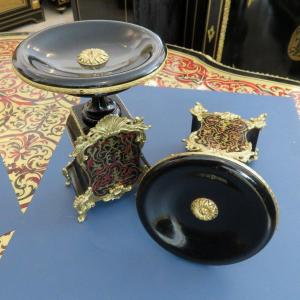

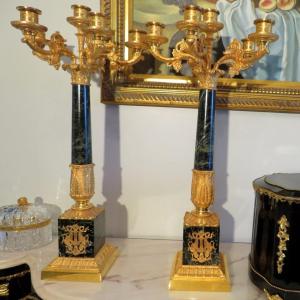
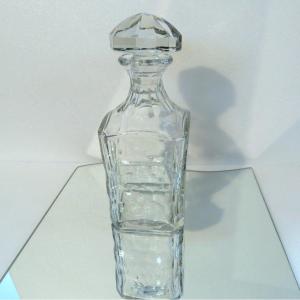
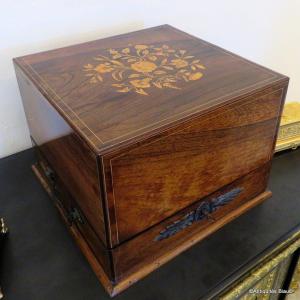
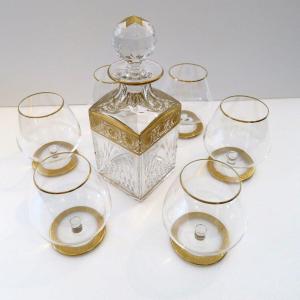

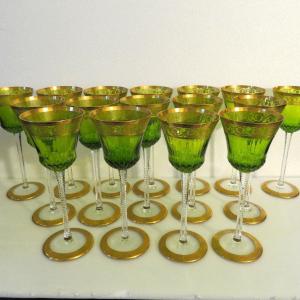


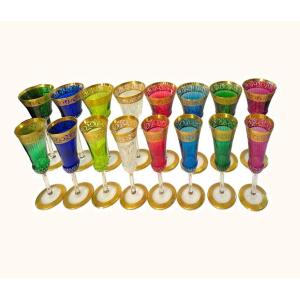


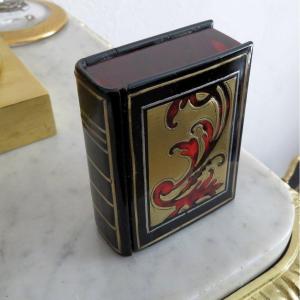
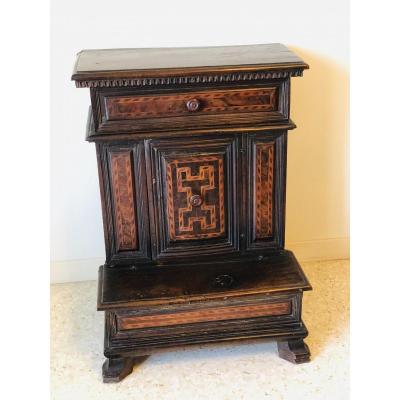
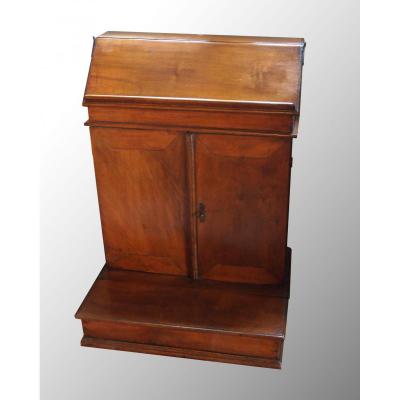





 Le Magazine de PROANTIC
Le Magazine de PROANTIC TRÉSORS Magazine
TRÉSORS Magazine Rivista Artiquariato
Rivista Artiquariato